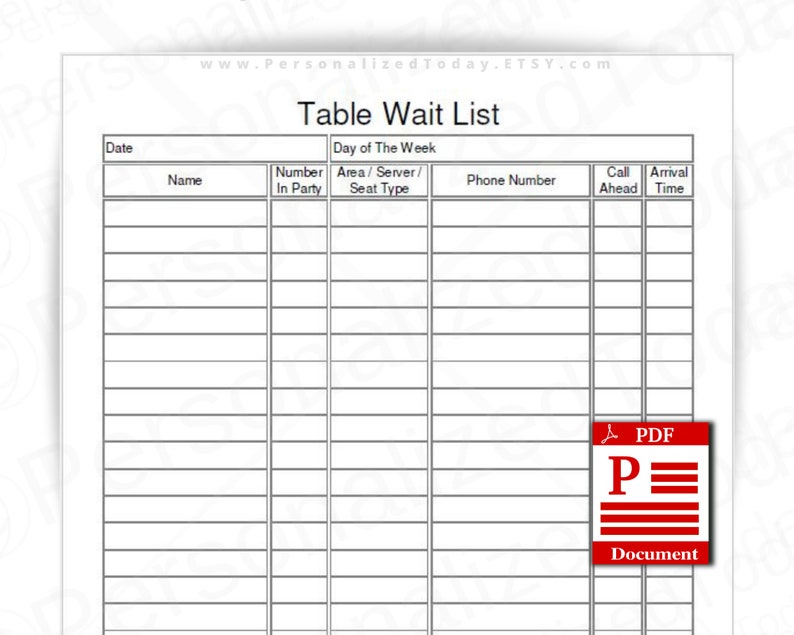

To edit a tab name, update both the list tag and its corresponding HTML comment (between the characters). Type that name exactly after the CRMC_PP:Grid ObjectName text. Find the object in this list and click the link next to it. To do this, go to Salesforce Setup, click Create and click Objects. If the object you are creating a tab for is a custom object, then you need to find the API name for that object. This pertains to standard Salesforce objects.

If you used the Multi-Tabular (Manual) option to create a page layout using your own Visualforce Markup code, be sure to use the singular form of the object name (for example, Opportunity versus Opportunities). If you used the Multi-Tabular (Automatic) option to create a page layout, the object name will automatically populate in the Visualforce Markup code. If the specified object name is incorrect, then the data in the Multi-Tabular list will be incorrect. This should be the same for every tab since the Multi-Tabular related list pertains to a specific object (in this case, Opportunity). Notice how each tag has an objectName field. Immediately above the beginning tag is a grey-colored HTML comment that specifies the name of the tab. The division tags define what is underneath each tab. Each division tag group corresponds to a specific tab label in the list tags above: Following the list tags are groups of division tags (.
Tabular list download#
To use it, first follow the download instructions on the GitHub Page. It is extremely simple, that's why I think you should use it. I know that I am late to the party, but I just made a library for this that I think could really help. asciitable Asciitable can read and write a wide range of ASCII table formats via built-in Extension Reader Classes.terminaltables Easily draw tables in terminal/console applications from a list of lists of strings.With texttable you can control horizontal/vertical align, border style and data types. texttable: from texttable import Texttable Also you are able to select subset of data, sort table and change table styles.ģ. PrettyTable has options to read data from csv, html, sql database. PrettyTable: from prettytable import PrettyTable print(tabulate(, ], headers=, tablefmt='orgtbl'))Ģ.

Tabulate has many options to specify headers and table format. There are some light and useful python packages for this purpose:ġ.


 0 kommentar(er)
0 kommentar(er)
